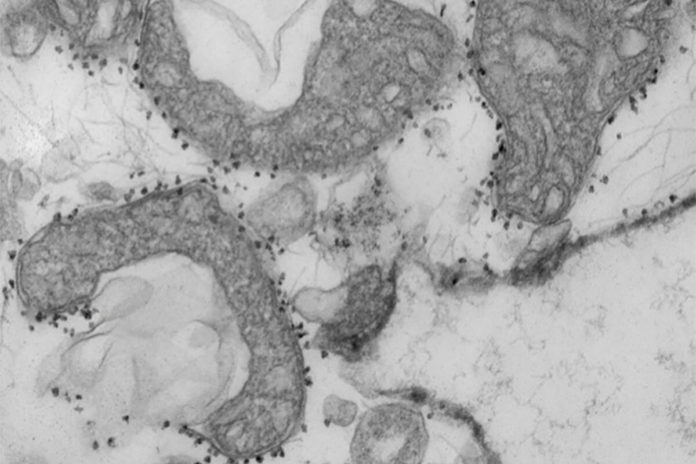
Researchers at Washington University School of Medicine have devised a simple method to help predict those at risk of developing severe COVID-19.
This past week, the world passed a grave milestone in the fight against coronavirus. Almost a year since China announced the first death from coronavirus, over 2 million people across the world have died from the disease. Death can result from complications of a severe infection; such as acute respiratory failure, acute cardiac injury, or acute kidney injury. However, predicting who will go on to develop these complications is not always easy. Hence, researchers have come up with a simple and rapid test to predict the risk of severe COVID-19.
Although age and co-morbids are often used as predictors of disease severity, it’s obvious that the novel coronavirus does not follow these rules. In the past, deaths have occurred even in healthy, young people; thus, causing researchers to wonder why the disease may present differently among people.
There’s so much we still don’t understand about this disease. In particular, we need to understand why some patients, irrespective of their ages or underlying health in some cases, go into this hyperinflammatory death spiral. Our study suggests that tissue damage may be one cause of this spiral since the mitochondrial DNA that is released is itself an inflammatory molecule.
Andrew E. Gelman, PhD, co-senior author
What is Mitochondrial DNA?
The researchers at Washington University School of Medicine used a simple test that involved measuring the levels of mitochondrial DNA in a patient’s blood. Mitochondrial DNA, as the name suggests, is the genetic material present within the cell’s powerhouse. It is released during violent cell death; a common occurrence in viral infection. Since COVID-19 can often lead to cellular damage in the lungs and kidneys, researchers hypothesized that mitochondrial DNA levels will likely reveal signs of early cell death in vital organs. Furthermore, they aimed to compare it to other inflammatory markers commonly used as predictors of poor COVID-19 outcomes. They published their findings in the journal JCI Insight.
The researchers evaluated 97 COVID-19 positive patients for blood levels of mitochondrial DNA, on the first day of hospitalization. The researchers developed a simple test that allowed the measurement of mitochondrial DNA levels directly in the blood. Additionally, because the method did not require the extraction of DNA from a blood sample, the test gave results within an hour.
Risk of Severe COVID-19 10 Times Higher
The researchers observed that even after adjusting for sex, age, and morbidity, mitochondrial DNA levels predicted disease severity. The results showed 10 times higher levels in patients who developed severe pulmonary dysfunction or eventually died. Furthermore, patients with high levels of mitochondrial DNA had a 6 times higher risk of getting intubated and 3 times higher risk of ICU admission. Additionally, as compared to other inflammatory markers, mitochondrial DNA predicted outcomes better.
We will need larger trials to verify what we found in this study, but if we could determine in the first 24 hours of admission whether a patient is likely to need dialysis or intubation or medication to keep their blood pressure from dropping too low, that would change how we triage the patient, and it might change how we manage them much earlier in the disease course.
Hrishikesh S. Kulkarni, MD, co-senior author
Due to the lack of a control group, the researchers couldn’t assess the difference in levels among COVID-19 negative patients with acute lung injury. However, they argue that there is no difference in the level of biomarkers among these two groups.
In conclusion, mitochondrial DNA can likely help predict mortality, ICU admission, and need for intubation in people with COVID-19.
Reference:
Scozzi D, Cano M, et al. Circulating mitochondrial DNA is an early indicator of severe illness and mortality from COVID-19. JCI Insight. Jan. 14, 2021. www.biorxiv.org/content/10.110 … /2020.07.30.227553v1



